Whistler’s Train Wreck hike is a fantastic addition to your British Columbia itinerary! This short hike has something for everyone. The history buff, the art enthusiast, the Instagrammer, and the outdoorsman can all agree on this! It’s an experience that is unique to the area and definitely worthy of your time. Whether you’re a chubby girl or not, here is my ultimate guide to hiking Whistler’s Train Wreck!
Getting There
Whistler’s Train Wreck is only about a 10 minute drive down Route 99 outside of Whistler Village. It’s a short hike and can easily be added to a day in Whistler. I actually stopped here on my drive up from Squamish, before I even got to town. It was great to arrive in the morning while the temperatures were cooler and before the crowds poured in.
Parking at Whistler’s Train Wreck can be confusing because there is no set location for the trailhead on Google Maps. If you type in “Train Wreck” it will show you the site, but not where to park. What you’ll want to do is turn off of Highway 99 onto Cheakamus Lake Road. You’ll then turn right on Janes Lake Road and the parking areas will be on your right. The closest area to the trailhead is right where Janes Lake Road turns into Whistler Quarry Road. Here is a pin that shows the area (and a visual of the trailhead to help).

The Hike
The hike itself is pretty easy and only about 2 km round trip (about 1.25 miles) to the wreck site. Other sites will give you longer estimates if you want to continue on the entire trail, but if you’re just looking to see the wreck it is much less. The trail is packed dirt and is very easy to follow. There are a couple of times where there are forks in the road that lead to other trails, but just follow the signs and you will be totally fine. This hike is also very popular, so if you’re ever in doubt, just follow the crowds! In total, it took me about 20 minutes to hike down to the site, and about 30 minutes to hike back. You’ll definitely want to leave time to explore the wreck, so I would budget about 1.5 – 2 hours for this hike.
The trail starts flat and has a slight decline for most of the hike out. After about a half mile, there is a bit of a sharper decline down to a suspension bridge across the Cheakamus river. However, this was not too daunting and easy enough to stay on the path and keep my footing. The river’s water is so blue and beautiful and it’s definitely worth taking a moment to pause on the bridge for some photos. Once you cross the bridge, you’re at the wreck!
Whistler’s Train Wreck
Once you cross the Cheakamus river, you’ve arrived at Whistler’s Train Wreck! Here, you’ll find seven derailed box cars that have been brightly painted. These cars derailed in 1956 and have been here ever since. If you’re interested in the history behind the wreck, there are plenty of informational signs all around the site.
Take some time to explore the cars and the graffiti that has taken over them. There are a few cars that are open where you can walk in. Other people were even climbing up the car’s ladders and standing on the tops. I was far too chicken to do that, but to each their own!
Tip: At first, you may only see 5 cars. Continue a little bit further (in the direction of downstream) to find two additional train cars! Less people visit these, so can you say photo op?
Plus-Size Accommodations
While this hike isn’t as plus-size friendly as others I’ve been on (such as Ousel Falls in Big Sky, Montana), it is relatively short and doesn’t require much. As for the trail, it is plenty wide where if you needed to stop to take a rest, there is more than enough room for others to pass. The hike back to the parking area from the wreck is entirely uphill (and much steeper immediately following the bridge), so do take a moment to rest if you need. Afterward, it does level off to a gradual and manageable incline. Take it slow and don’t be ashamed if you need a break.
Unfortunately there aren’t any benches along the trail for a proper rest. At the wreck, they have stumps and downed trees converted into make-shift benches that work in a pinch. They are in a clearing immediately to your left when you arrive (you can’t miss it!). Otherwise, the forest floor is relatively cleared, so I wouldn’t be afraid to sit and rest wherever needed.

What to Wear
While the trail is open year-round, I visited in the summer (and would recommend others do too)! We are in the mountains, so temperatures are generally cooler. I was totally fine in a tee shirt and leggings. There were times when I felt a bit cool (like near the river in the shade), and other times when I got warm (huffing it up the hill on the way back). Dress in layers to be safe!
You will also want to wear a pair of sturdy sneakers or hiking shoes. While the trail is pretty packed, you’ll want something with a good grip during the inclines and declines. I was just fine in my Asics sneakers, but if you want to wear something more durable, it can only help.
While the trail is relatively shady, the sun still did peak through quite a bit. You’ll definitely want sunglasses and/or a hat!
What to Pack
There were no facilities at the trailhead, which means you’ll want to bring your own pre-filled water bottle on this hike. If you have bug spray, definitely bring it! While they weren’t out of control, I did come back with a few bites on my legs. As mentioned above, this is the mountains so weather can fluctuate. Pack a sweatshirt or rain jacket if it calls for it (after all, this is the PNW!). Never hurts to have them on hand!
While it’s unlikely that you’ll run into a bear on this trail since it is so heavily trafficked, having bear spray on hand never hurts. If you are hiking alone, wear a bell or play some music on your phone to make noise.
Traveling soon? Check out my Travel Tips page to help you score good deals on flights, packing tips, tools to help you plan, and more!





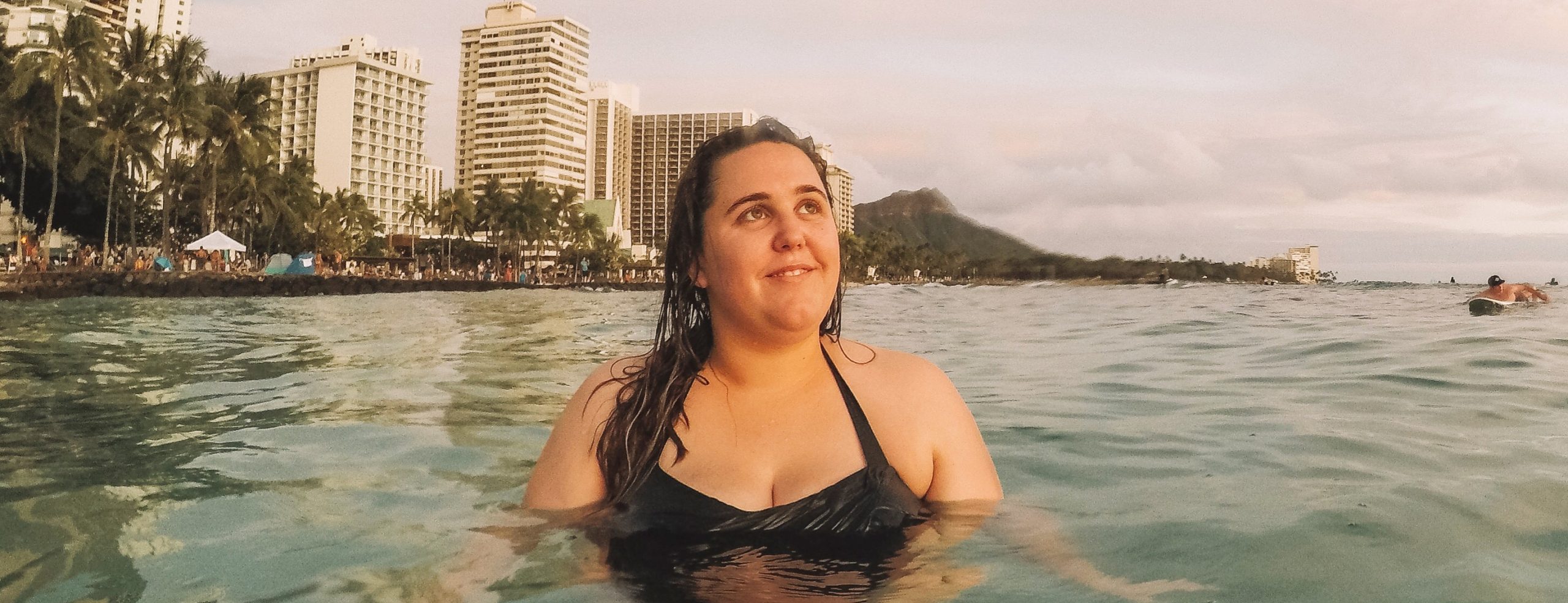
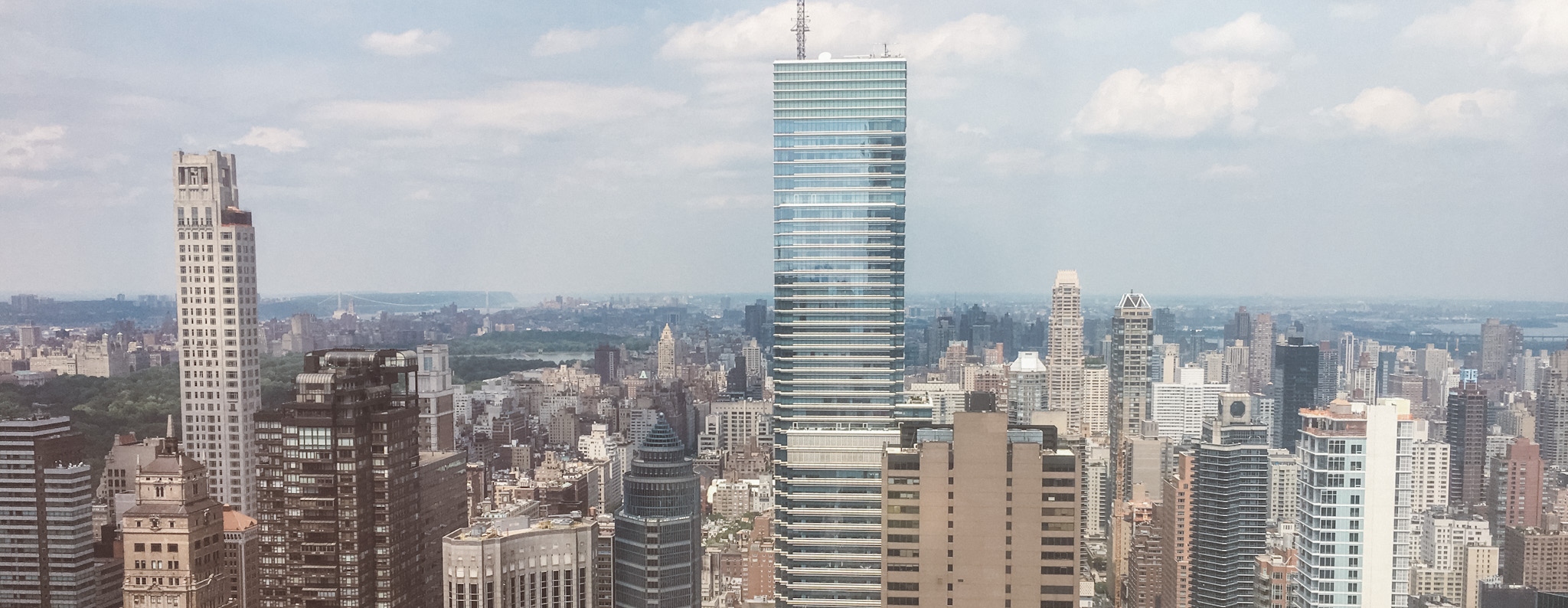
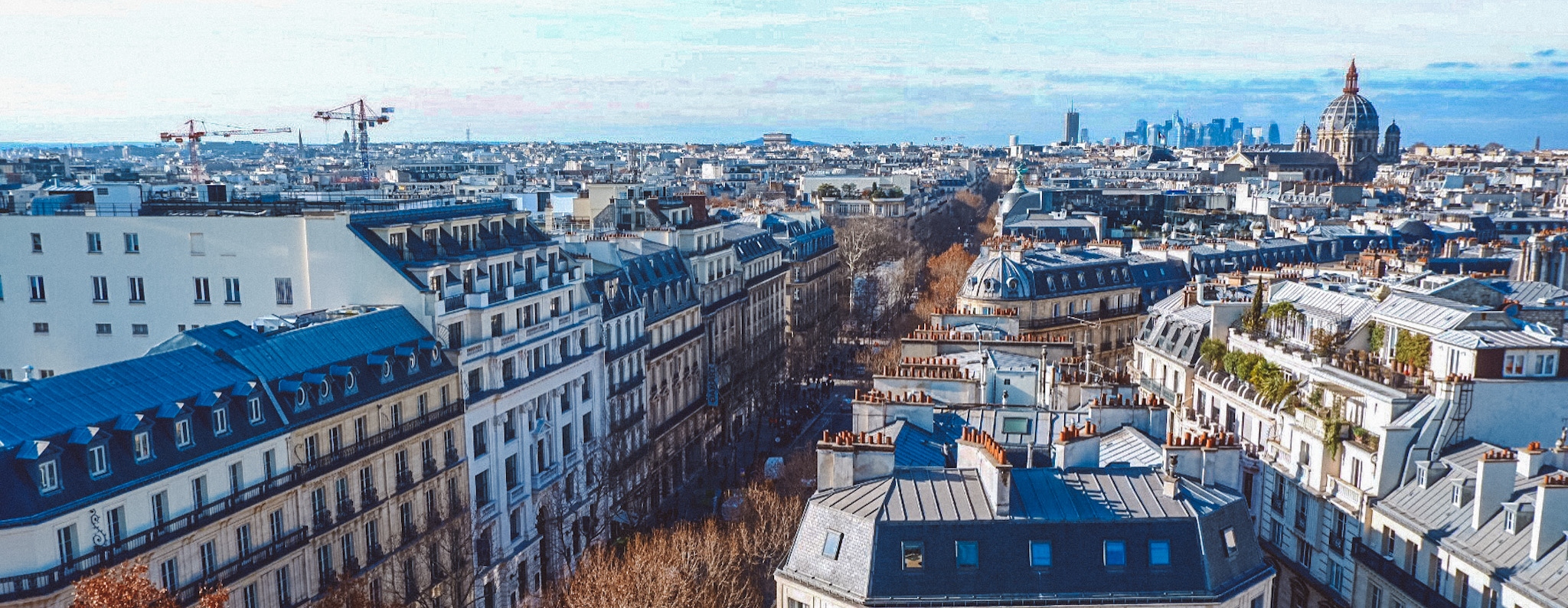
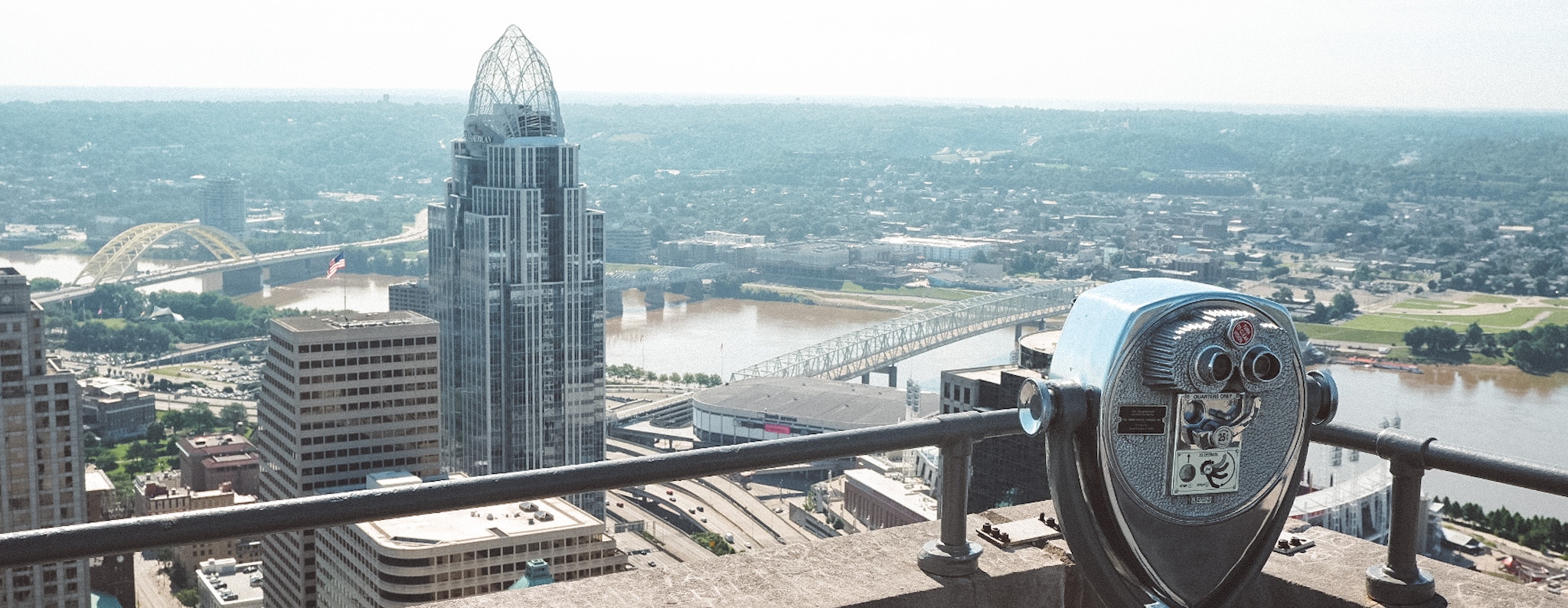
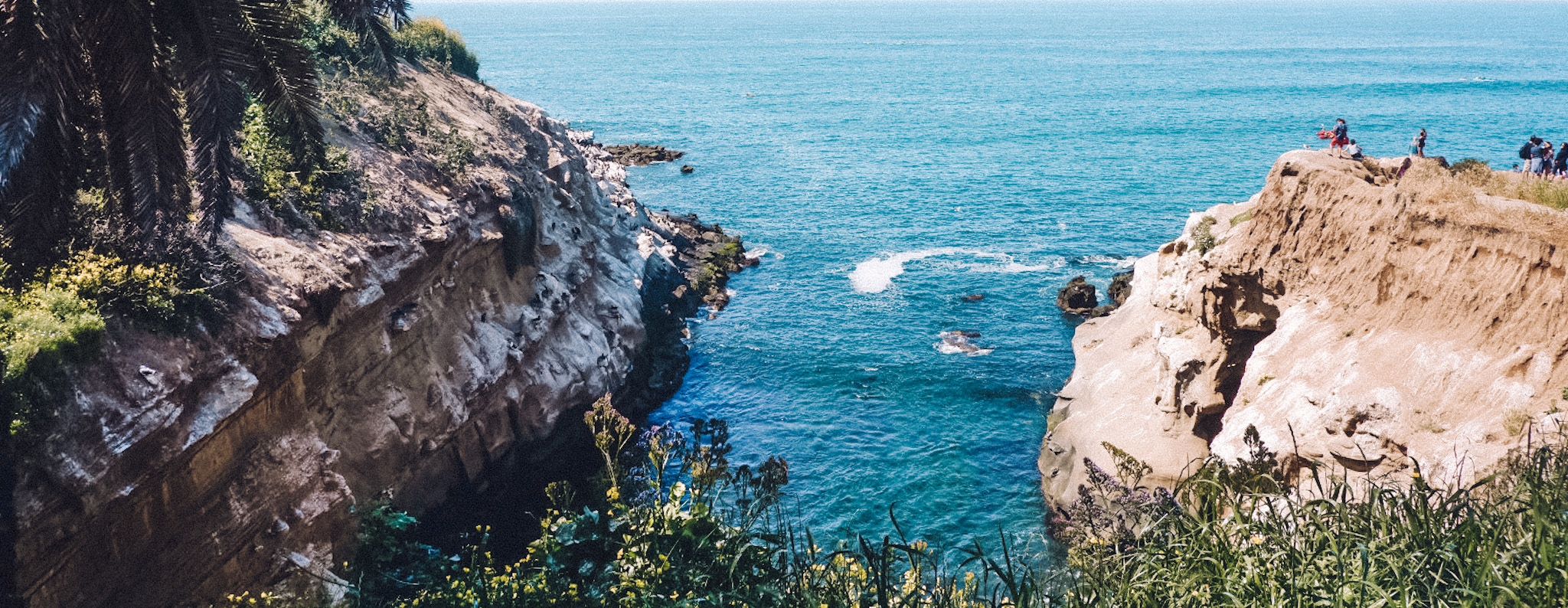




No Comments